Help Your Child Adjust to Glasses or Contacts
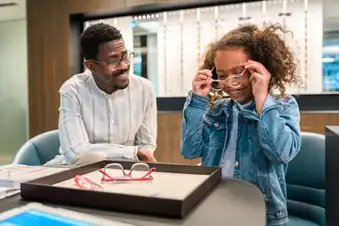
See a Specialist
First, look for an eyeglass shop that works with children. They’re usually better at fitting glasses to fit children’s smaller faces. They also tend to have a wider selection of stylish children’s frames.
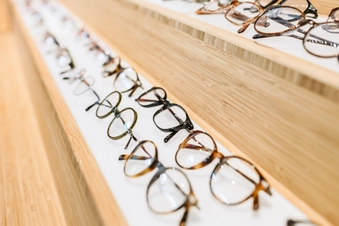
Think Safety When Choosing Glasses
Pick glasses with shatterproof lenses made of polycarbonate or Trivex. They block harmful UV rays and have an anti-scratch coating. Look for glasses with flexible frames that don’t break as easily. If your child is allergic to any substance commonly found in eyeglass frames, such as nickel, tell the doctor or salesperson. They can help you find a hypoallergenic model.

Make Sure the Fit Is Right
If their glasses aren’t comfortable, your child won’t want to wear them. The frames shouldn’t touch your child’s cheeks or eyelashes. If the glasses are too tight or slide down your child’s face, take them back for an adjustment. Never try to bend the frames yourself. Special straps or temple tips may also help glasses fit better.
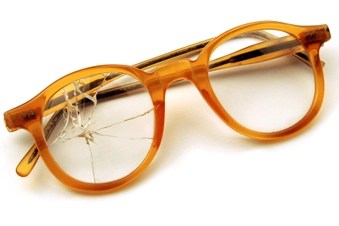
Life Happens: Be Prepared
Accidents happen. Stay ahead of the game by asking the doctor or salesperson about warranties for lost, scratched, or broken glasses. And get a second pair to keep as a backup.

Be Positive
Many kids worry about the way they’ll look with glasses. The first step in boosting your child’s confidence is to let them choose a frame they like. When your child puts their new glasses on, let them know that they look great. Point out positive role models, both real and fictional, that wear glasses. If you have glasses, wear them proudly in front of your child.
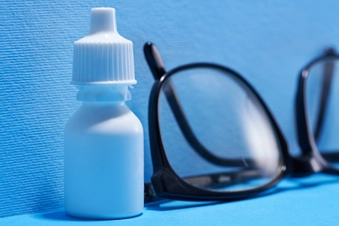
Be Patient
It takes time for kids to get used to new glasses, even if they’ve worn them before. Sometimes, wearing new glasses can cause headaches or dizziness. Start by having your child wear them for a few hours at a time. Each day, they should wear them a little longer. It usually takes a few weeks for kids to adjust. If it’s a problem, your eye doctor may prescribe eye drops to help relax your child’s eyes or tweak their prescription.

Handle With Care
Glasses break easily, so it’s important to teach your child how to wear and hold them properly. Remind them not to balance the glasses on top of their head, which could bend the frames. They should use both hands to take off their glasses. When they put them down, the lenses should not touch anything. If you wear prescription glasses, model these behaviors yourself.
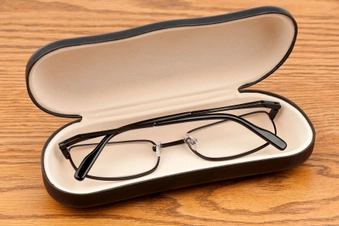
Get a Case
It’s never a matter of “if” glasses will be dropped, but when. A case will protect the glasses from breaking when it happens and will help prevent the frames from getting bent. Remind your child that “Glasses stay on your face or they go in your case.”
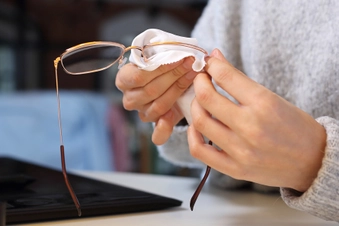
Keep It Clean
Glasses can easily get scratched by dust or dirt. Keeping them clean helps them last longer. To clean them, use dish soap and warm water or a cleaner made for glasses. Dry them with a microfiber cloth or soft T-shirt. Never use paper towels, bath towels, or rough fabrics that might scratch the lenses.

Be Proactive
If your child isn’t wearing their glasses, don’t assume that they’re forgetting or skipping them. It could be that the glasses don’t fit comfortably or are giving them a headache. If there’s a problem, let your child’s eye doctor know.

Consider Contact Lenses
Soft contact lenses can improve kids’ quality of life, help them feel more confident, and even slow nearsightedness in getting worse. To know if contacts are right for your child, think about their daily activities, their level of maturity, and how motivated they are. You may want to try contacts on a trial basis to be sure.
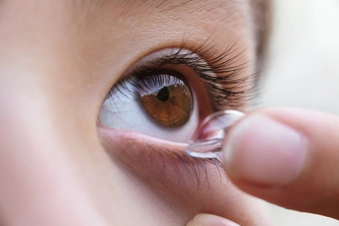
Contact Lenses: Practice Make Perfect
Your eye doctor will show you and your child how to put the lenses in and take them out. Kids need a little more time to learn and practice this than teens and adults. You may need to do it for your child at first and then watch them do it. Be sure that they can take them out easily in case they have any problems. With disposable lenses, they can throw them away at night and not worry about cleaning and storing them.
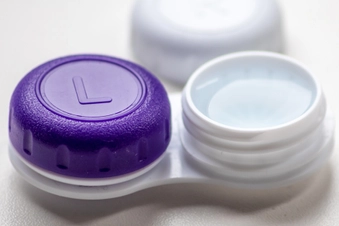
Go Over the Ground Rules
Contacts are easy to use once you’re used to them, but there are a few things to go over with your child so they wear theirs safely: Never wear someone else’s contacts. Wear them only as directed. Rinse and store them in a solution made for contacts only. Never use contacts when your eyes are red or itchy. And be sure to see your eye doctor for a checkup every 6 months.
Show Sources
IMAGES PROVIDED BY:
1. E+ / Getty Images
2. iStock / Getty Images Plus
3. Maskot / Getty Images Plus
4. iStock / Getty Images Plus
E+ / Getty Images Plus
5. iStock / Getty Images Plus
6. Moment / Getty Images Plus
7. E+ / Getty Images Plus
8. iStock / Getty Images Plus
9. E+ / Getty Images
10. DigitalVision / Getty Images
11. iStock / Getty Images Plus
12. iStock / Getty Images Plus
SOURCES:
American Association for Pediatric Ophthalmology and Strabismus: “Glasses Fitting for Children.”
MyKidsVision: “Soft contact lenses for children and teens.”
Ohio State University: “Kids Contact Lens FAQ.”
Optometrists’ Network: “Choosing Glasses for Children,” “Can Children Wear Contact Lenses?”
Optometry and Vision Science: “Daily disposable contact lens wear in myopic children,” “The Safety of Soft Contact Lenses in Children.”
Prevent Blindness: “Tips to Help Your Child Wear Prescription Eyeglasses and FAQs About Wearing Prescription Eyeglasses.”
FDA: “What to know if your child wants contact lenses.”
Vision To Learn: “Getting Used to New Glasses.”